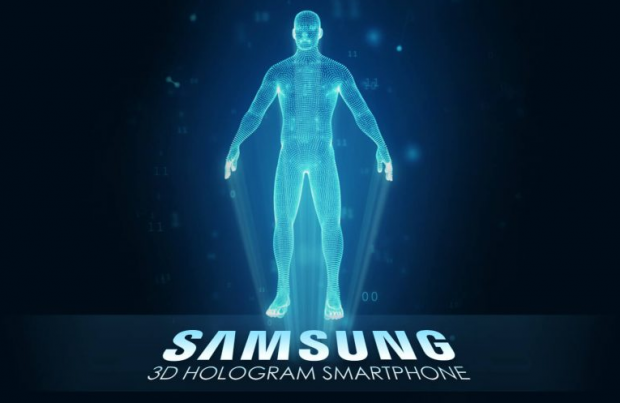
Breaking News
 FULL REPLAY: President Trump Delivers an Address to the Nation - 12/17/25
FULL REPLAY: President Trump Delivers an Address to the Nation - 12/17/25
 MELANIA, the film, exclusively in theaters worldwide on January 30th, 2026.
MELANIA, the film, exclusively in theaters worldwide on January 30th, 2026.
Top Tech News
 This tiny dev board is packed with features for ambitious makers
This tiny dev board is packed with features for ambitious makers
 Scientists Discover Gel to Regrow Tooth Enamel
Scientists Discover Gel to Regrow Tooth Enamel
 Vitamin C and Dandelion Root Killing Cancer Cells -- as Former CDC Director Calls for COVID-19...
Vitamin C and Dandelion Root Killing Cancer Cells -- as Former CDC Director Calls for COVID-19...
 Galactic Brain: US firm plans space-based data centers, power grid to challenge China
Galactic Brain: US firm plans space-based data centers, power grid to challenge China
 A microbial cleanup for glyphosate just earned a patent. Here's why that matters
A microbial cleanup for glyphosate just earned a patent. Here's why that matters
 Japan Breaks Internet Speed Record with 5 Million Times Faster Data Transfer
Japan Breaks Internet Speed Record with 5 Million Times Faster Data Transfer
 Advanced Propulsion Resources Part 1 of 2
Advanced Propulsion Resources Part 1 of 2
 PulsarFusion a forward-thinking UK aerospace company, is pushing the boundaries of space travel...
PulsarFusion a forward-thinking UK aerospace company, is pushing the boundaries of space travel...
 Dinky little laser box throws big-screen entertainment from inches away
Dinky little laser box throws big-screen entertainment from inches away
 'World's first' sodium-ion flashlight shines bright even at -40 ºF
'World's first' sodium-ion flashlight shines bright even at -40 ºF
Samsung's hologram prototype sports 4K visuals and wide viewing angle

Now Samsung has made a major stride towards realistic holograms, with a prototype thin-panel device that can display 3D images in 4K resolution with a wide viewing angle.
There are plenty of imitators using the hologram name – reflective screens, headsets and even live performances – but these are usually smoke and mirrors (sometimes literally). True holograms are 3D images that appear to pop out of a 2D screen. The effect is usually created by lasers, with their light modulated just right so that different sections of the image appear to be different distances away, giving the illusion of depth.
The problem is, most of them are tiny, have fairly low resolution and are only viewable from a very specific angle. The Samsung prototype attempts to solve all of those problems – the display is smartphone-sized, sports 4K resolution and can be viewed from a wider range of angles. Better yet, it does so with less bulky optical systems and just a single processor to run the holographic video in real time.
The key to the team's device is a new optical element called a steering-backlight unit (S-BLU). This component uses a beam deflector to redirect the backlight in a given direction, which basically widens the viewing angle by about 30 times that of a holographic device without the S-BLU.

 The Prime Directive is Evil
The Prime Directive is Evil
 Don't Worry About Bitcoin
Don't Worry About Bitcoin

